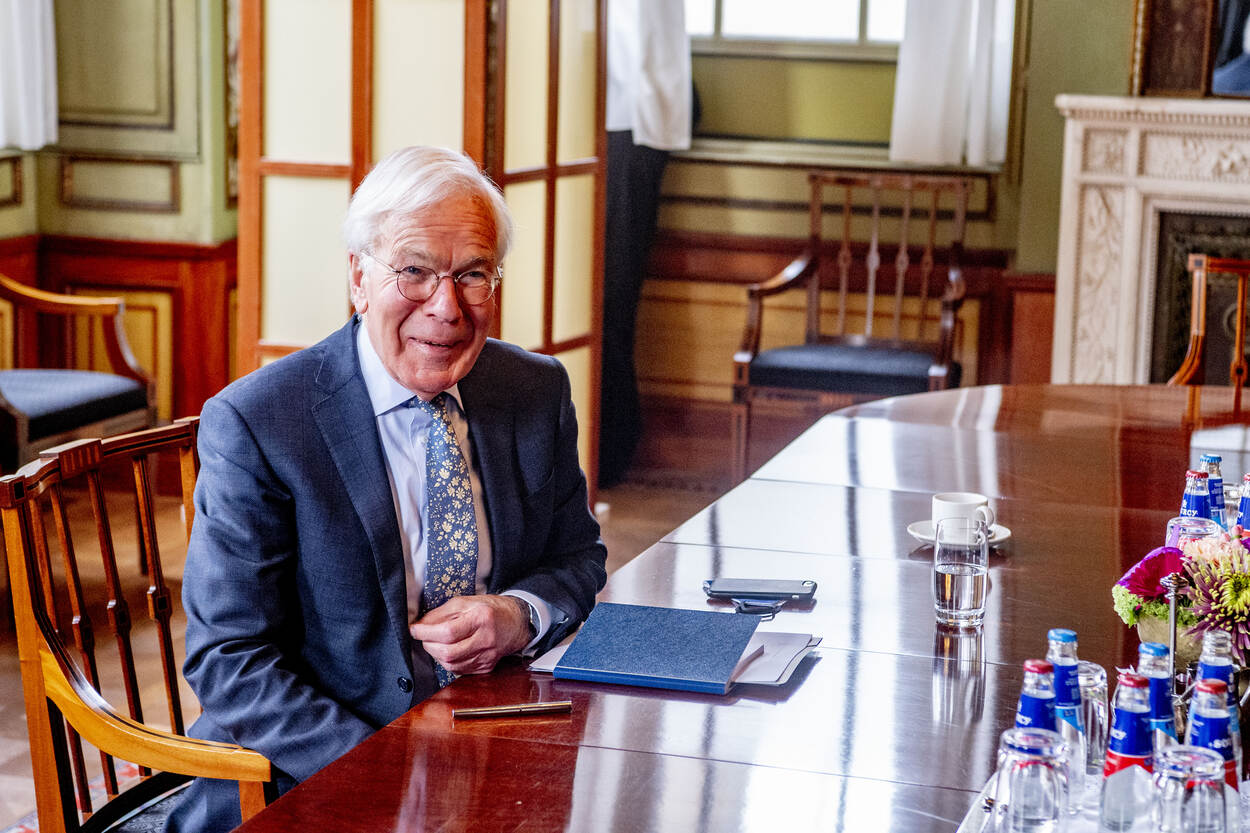What happens now, after the election?
The "old" House of Representatives is starting the start of the cabinet formation. Tomorrow, the Speaker of the House will engage in conversations with the intended group chairmen and a scout will be appointed. This normally follows the proposal of the largest party, in this case the PVV. The explorer will be tasked with engaging in talks with all group chairmen to "explore" which groups could potentially form a coalition. This phase is intended to allow the new House of Representatives to appoint the informateur(s) as soon as possible.
How is the informateur appointed and what is his/her role?
No later than one week after the new members of the House of Representatives take office, the parties will debate the election results with each other. In this debate, the informateur is appointed. Usually a very politically experienced person, usually appointed by the largest party. The informateur receives an information assignment from the House of Representatives. That specific assignment depends in part on the election results. The informateur's main task is to investigate how a coalition can be formed. During the informateur's investigation, the House is constantly kept informed of progress. When negotiations on content and policy reach a point of consensus, a coalition can finally be formed.
How long does it take to form a coalition?
Since elections starting in 1946, coalition formation (apart from between cabinets) has taken an average of 103 days. The difference between the fastest and most time-consuming cabinet formation is significant. Cabinet-Drees I formed in 1948 after 31 days, while Cabinet-Rutte IV broke the record for longest cabinet formation with 299 days.
How many times has the winner of the election not become prime minister?
Out of the 30 cabinets since World War II, 23 were the direct result of national elections to the House of Representatives. The remaining cabinets were established because a mid-term fall, without new elections. Usually, the top of the list candidate of the largest party also becomes the new prime minister. However, this has not always been the case, for instance in the period from 1971 to 1982. In 1971, 1977 and 1982, the PvdA fell flat three times because Biesheuvel (ARP), Van Agt (CDA) and Lubbers (CDA) became prime minister, respectively. It also happened once before after World War II, in 1948. Although the KVP emerged victorious then, it was ultimately Drees (PvdA) who became prime minister.
How many times have there been coalitions with 4 or more parties?
No fewer than 30 cabinets have taken office since World War II. Eleven of these cabinets consisted of coalitions of four or more parties. There has never been a party that has had the majority in the House of Representatives on its own.
When will the new House of Representatives selections start?
December 1, 2023, the Electoral Council determines the final election results. December 6 is the installation of the new House of Representatives, during which the MPs are sworn in.
Do you want to know more when to about what to expect? Or when would be the best time for your company to take action again? Contact us directly: send an email to tristan@castrocommunicatie.nl or call 020-2142138.
